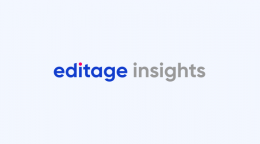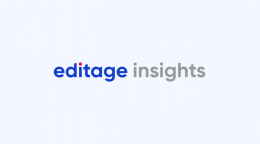Sampling methods and techniques in research: A comprehensive guide

In your research, the way you collect your sample plays an important role. Your sampling method can exert a significant effect on the accuracy and generalizability of your results. In this article, we delve into the different sampling methods and provide insights into selecting the most suitable approach for a study.
Types of Sampling Methods
Random Sampling
Picture yourself selecting participants entirely by chance, giving each individual in the population an equal shot at being chosen. This method wipes out bias and paves the way for generalizing findings to the entire population. Nirmani et al. (2024) used simple random sampling to assess OTC drug usage among pregnant people.
Advantages:
Bid farewell to researcher bias.
Simplify statistical analysis and inference.
Streamline participant selection.
Disadvantages:
Time and resource-intensive.
May overlook specific population subgroups.
2. Stratified Sampling
Here, you divide your population into distinct subgroups based on relevant characteristics like age or gender, and then randomly pick samples from each subgroup. This ensures representation from all corners of the population. Yarroo and Rathebe (2024) used stratified random sampling to examine the respiratory effects of solvents among workers in the Mauritius paint industry.
Advantages:
Guarantees proportional representation of subgroups.
Boosts precision and accuracy in estimating population parameters.
Enables meaningful comparisons between different segments.
Disadvantages:
Calls for prior knowledge of population characteristics.
Complex and may incur higher costs and time.
3. Convenience Sampling
If you’re using this method, you’re selecting participants based on their easy accessibility or proximity to you (e.g., your students or the patients at the hospital you work at). This method is convenient and budget-friendly but could introduce bias and compromise sample representativeness. Legros and Boyraz (2023) used convenience sampling to examine college students’ perceived mental health and help-seeking behaviors during the COVID-19 pandemic.
Advantages:
Quick and cost-effective.
Ideal for preliminary research.
Accessible for studies with limited resources.
Disadvantages:
Vulnerable to selection bias.
May not accurately mirror the entire population.
Findings may lack generalizability.
4. Snowball Sampling
When you use snowball sampling, you rely on referrals from initial participants to rope in more participants with similar characteristics or experiences. This method shines when studying hard-to-reach or marginalized groups. Nolan-Isles et al. (2021) used snowball sampling to examine barriers and enablers to health care services among Aboriginal people in Australia.
Advantages:
Effective for exploring rare or hidden populations.
Opens doors to participants through existing networks.
Builds trust and rapport within the sample.
Disadvantages:
Potential bias due to non-random selection.
Limited generalizability beyond the initial network.
Tough to estimate population parameters accurately.
Choosing the Right Sampling Method
Now that you’ve understood the most popular sampling methods, here are some tips to help you choose the right one for your study.
Define Your Research Objectives: Get crystal clear on what you aim to achieve and who you're studying.
Identify Population Characteristics: Dive deep into demographics and variations within your target population.
Evaluate Your Resources: Consider your budget, time constraints, and manpower.
Decide on a Method: Choose the sampling method that best matches your research goals, resources, and population traits.
By carefully considering the various sampling methods and their respective advantages and disadvantages, you can enhance the validity and reliability of your findings. Each method offers unique opportunities and challenges, making it essential to select the most appropriate approach based on the specific requirements of your study.
Comments
You're looking to give wings to your academic career and publication journey. We like that!
Why don't we give you complete access! Create a free account and get unlimited access to all resources & a vibrant researcher community.

Subscribe to Conducting Research













